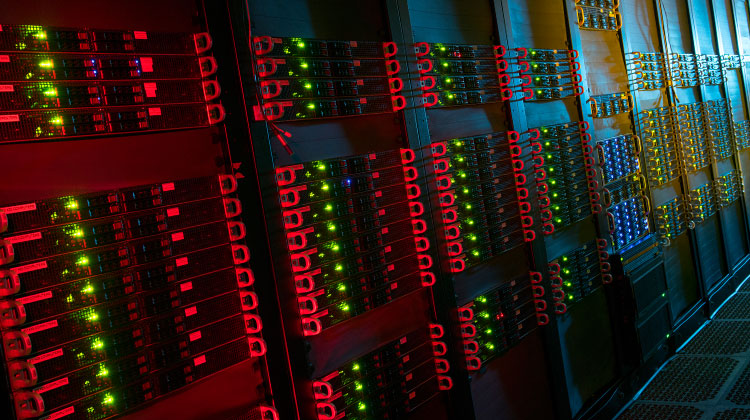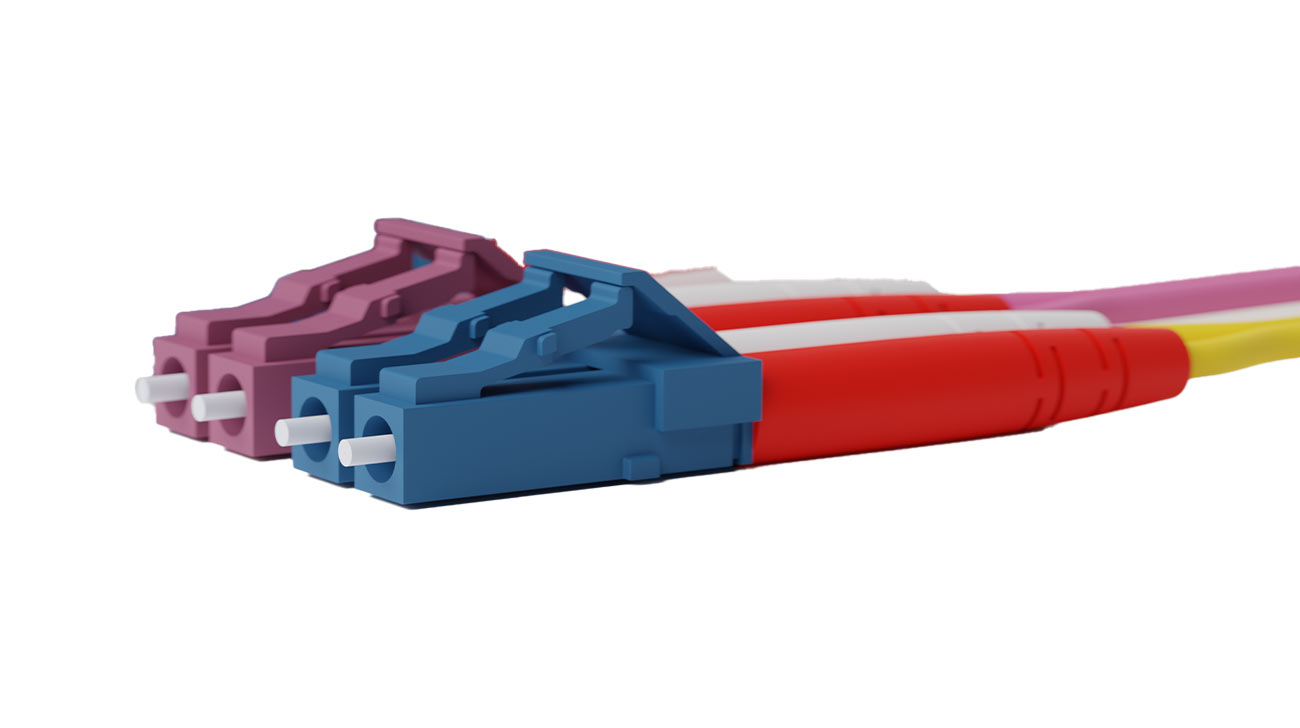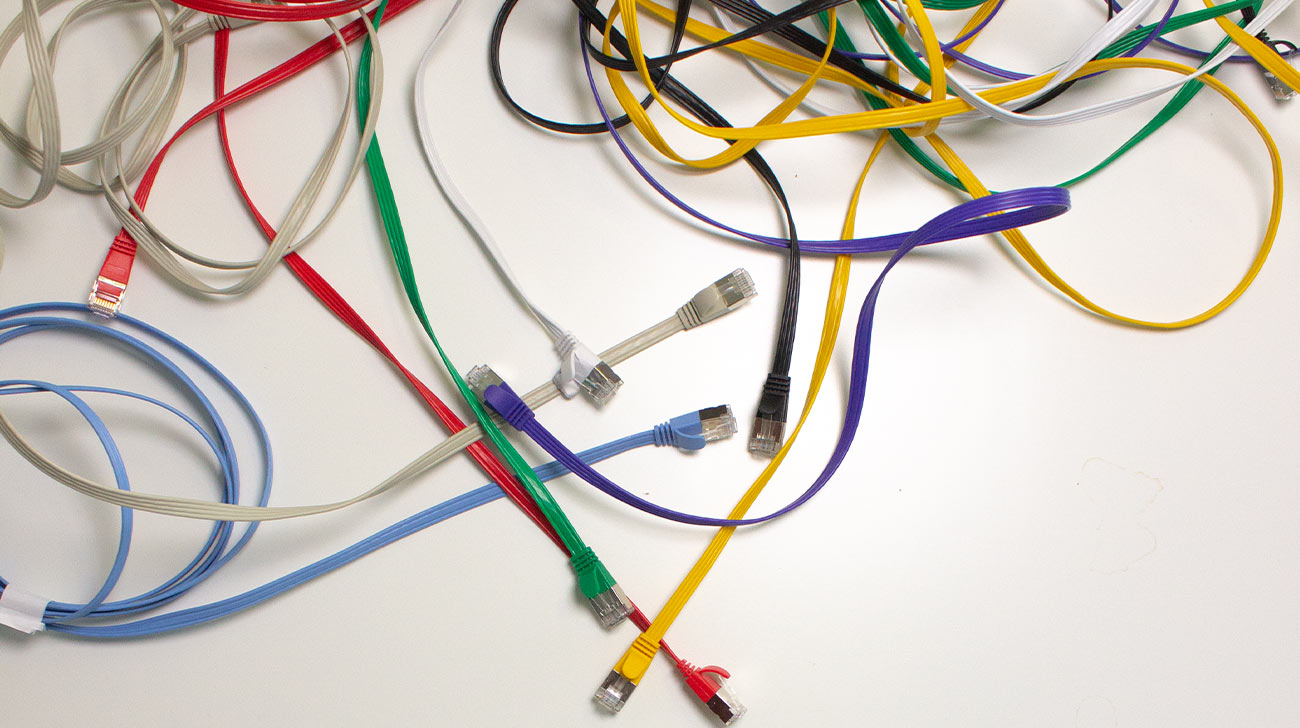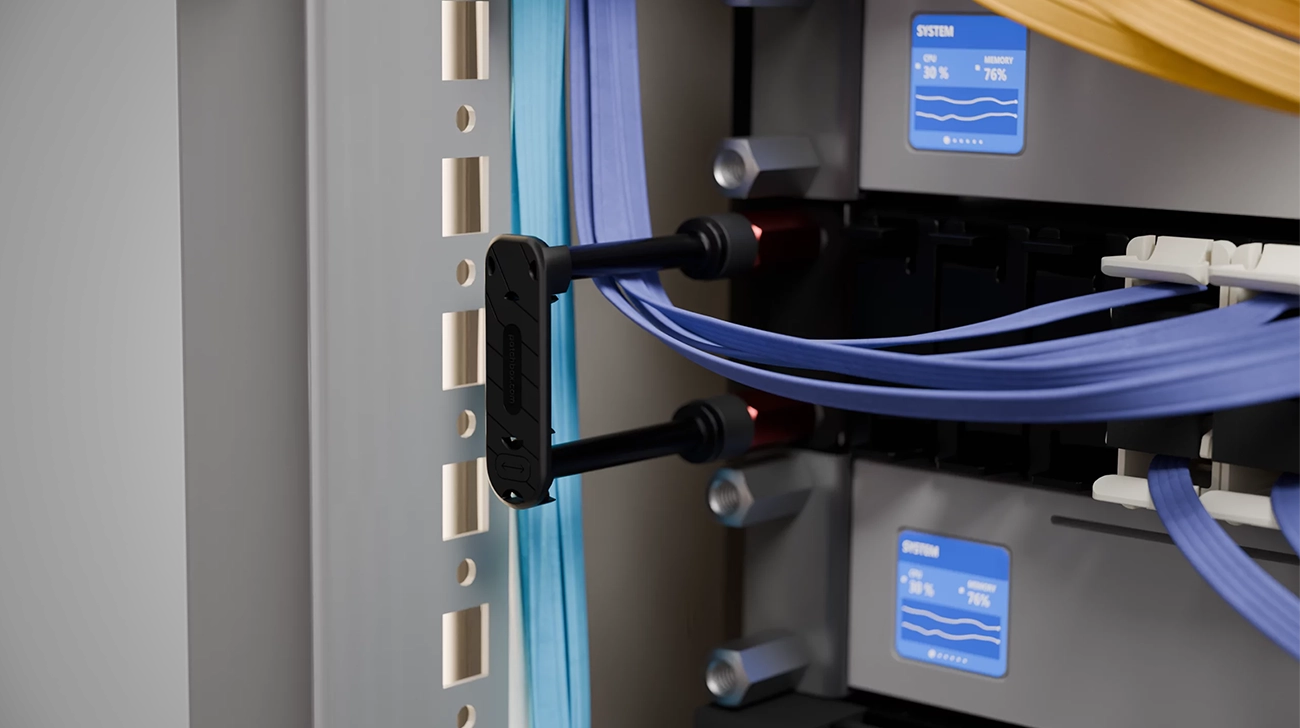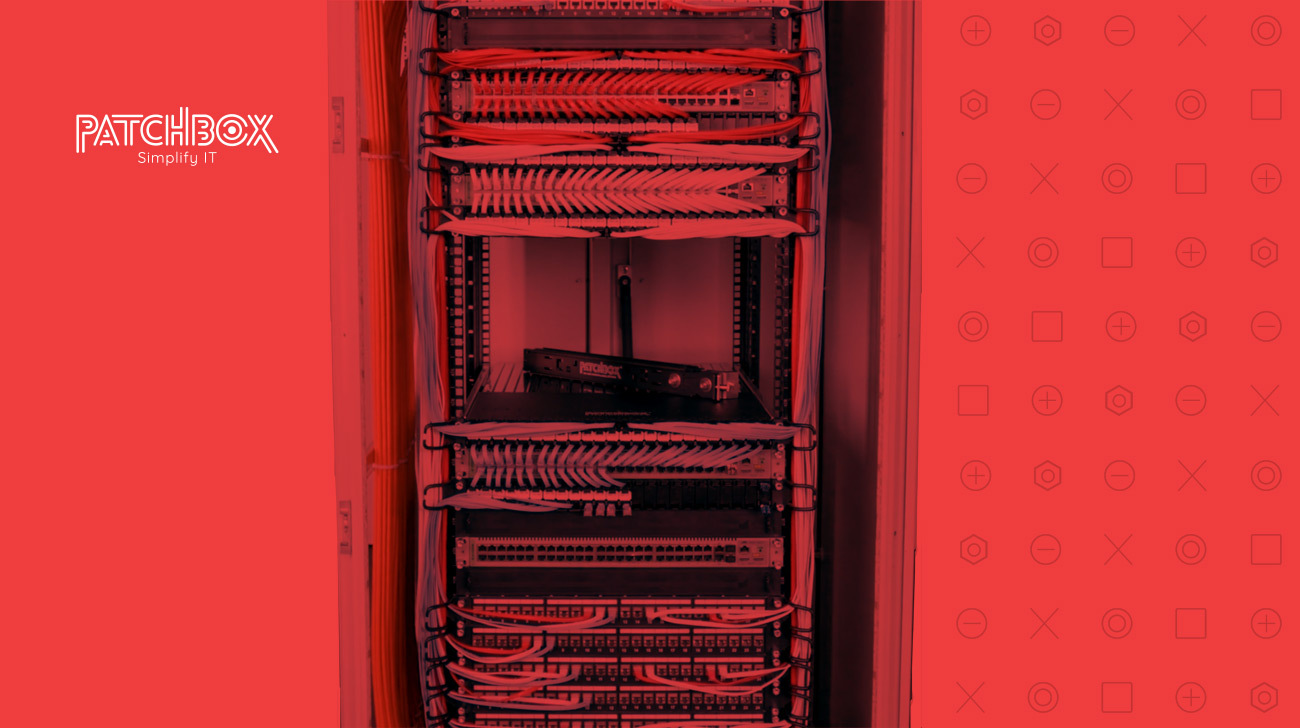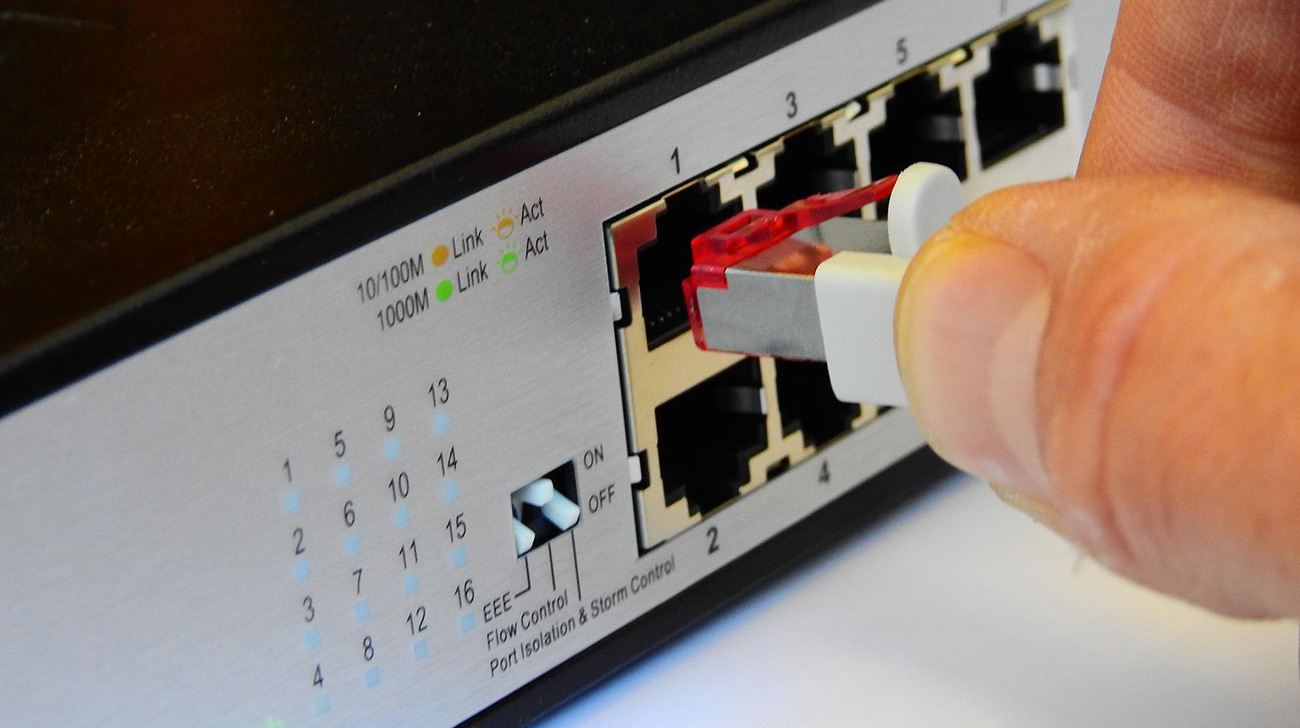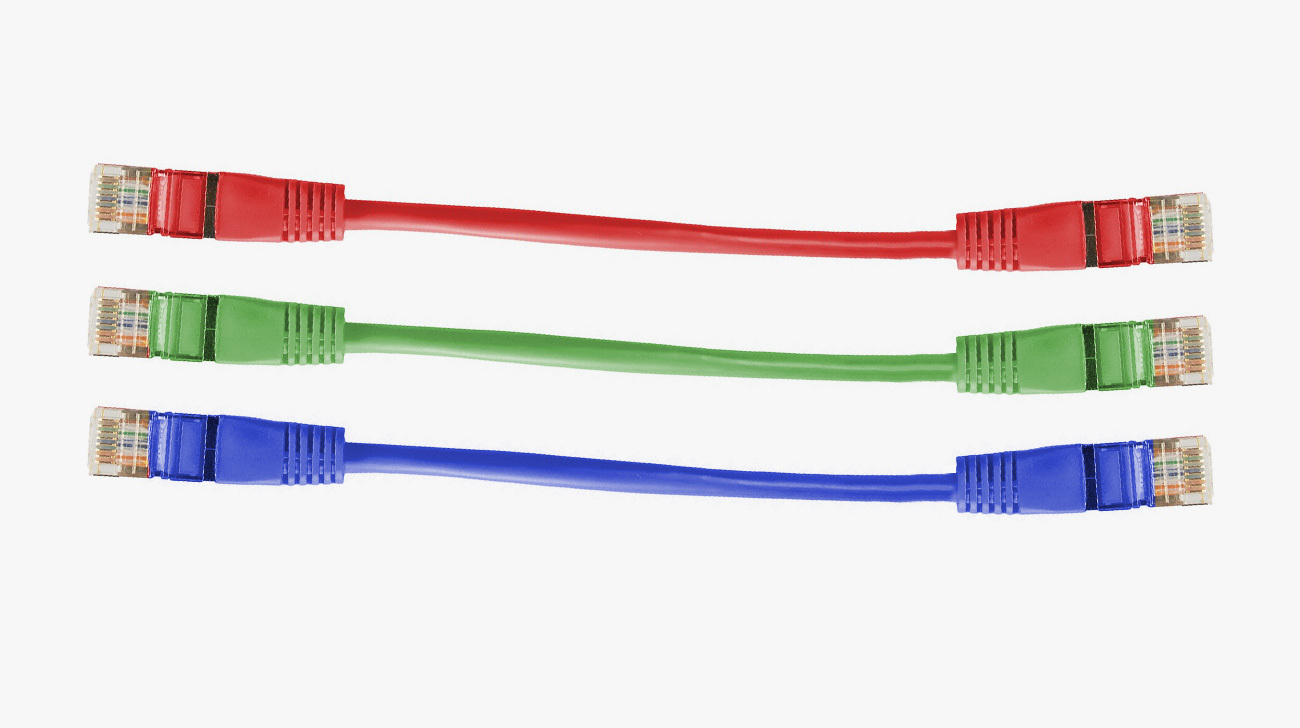When setting up servers and network cabinets, there is always the discussion of what type of network cable to use. Is a Cat.6 cable suitable for my server or should I opt for a Cat.6a cable?
There is a huge variety of network cables which can seem overwhelming at first glance. However, since Cat.6 patch cables have become widely accepted in recent years, it is worthwhile to focus on this cable type when setting up a new server environment.
In this article, we will therefore easily explain the difference between Cat.6 and Cat.6a.
Cat.6 vs. Cat.6a: The difference
This twisted pair cable was introduced to provide networks with higher operational reliability and also to support environments with 10 Gigabit Ethernet.
The significant difference between Cat.6 and Cat.6a patch cables is found in the transmission speed. While a Cat.6 network cable already allows a bandwidth of 1 Gigabit per second, so 1000 Mbit/s, the Cat.6a cable can achieve a much higher speed.
In terms of speed, the Cat.6a cable is therefore superior to the Cat.6. While the one type of cable only achieves a frequency of about 250 MHz, the Cat.6a comes up with a double frequency of almost 500 MHz.
| Cat.6 | Cat.6a | |
|---|---|---|
| Speed | 10/100/1000 Mbit/s | 10/100/1000/10000 Mbit/s |
| Frequency | 250 MHz | 500 MHz |
| max. length | 100m (109,36 yds) | 100m (109,36 yds) |
| Application Area | ATM-Gigabit & Multimedia Ethernet Networks | ATM-Gigabit & Multimedia Ethernet Networks |
When do you need Cat.6? When do you need Cat.6a?
Cat.6 patch cables are completely sufficient for your normal home Internet use. For example, you can easily stream a movie in Full HD without any interference in your data connection.
In addition, Cat.6 network cables are backwards compatible with the previous version, Cat.5(e) cables, which are still used in many households and buildings. In comparison, however, users can enjoy twice the bandwidth.
Similar to a highway, cars can still travel at a uniform speed, but on the “Cat6 highway” we find four instead of two lanes on which the (data) traffic can flow through.
The same applies to the difference between patch cables of category 6 and 6a. Now we find not only eight lanes on the data highway of Cat.6a cables, the speed at which they can be driven is also much higher.
However, not all private households need Cat.6a network cables. They are mainly suitable for large multimedia networks that have a corresponding data flow. For the home network, the speed of the Cat.6 cable is sufficient, as already mentioned.
Cat.6 and Cat.6a patch panels for servers
Patch panels are the plug-in locations that serve to connect and distribute the connections. This allows complex network structures to be set up clearly in buildings.
Although the Cat.7(a) standard is already widely used in the professional server rack environment, as it allows an operating frequency of up to 1,000 MHz, there are currently still no solutions for a Cat.7 patch panel.
Both PATCHBOX® 365 and PATCHBOX® Plus+ are equipped with Cat.6a and are therefore perfectly suited for the use of category 7 and 7a network cables in the server environment. But also fans of fiber optic cables will find what they are looking for at PATCHBOX. Learn more about PATCHBOX® Fiber Optics here.
Network speed: Is Cat.6a faster than Cat.6?
Due to the growing multimedia options, the use of Cat.6 and Cat.6a standards has become more widespread in recent years. Actually developed for the professional sector, it is gradually finding its way into the private sector.
The transmission speed of 1 Gigabit per second for a category 6 network cable and the operating frequency of 250 MHz make it a real all-rounder in living rooms and single-family homes.
With the Cat.6a patch cable, even the 10 Gigabit Ethernet standard can be achieved, as this cable type can access a frequency of up to 500 MHz.
Advantages and disadvantages of Cat.6 & Cat.6a patch cables
However, Cat.6 and Cat.6a network cables are not completely without disadvantages. With increasing distance between server, router and end device, for example, the transmission speed decreases. Therefore, the patch cable must be protected from external influences such as spurious emissions.
When buying a Cat.6 or Cat.6a, the question of shielding and cable material should therefore always be clarified. A cable made of 100% copper and twisted pairs is recommended when purchasing for home use.
In addition to UTP cables, FTP patch cables have also been increasingly used in the home, where the wire pairs are additionally protected by a foil.
But not only the right cable type is important, but also how they are used. PATCHBOX® offers the ideal network rack cable solution to avoid cable tangles.
The Cat.6a patch cables used in PATCHBOX® comply with the ISO/IEC 11801 standard, are flat and therefore more bend-friendly.
Due to this, the cables can be pulled back into the PATCHBOX® Cassette by a tackle – patch cables always in the right length thanks to innovative cable management. This modern way of network cabinet cabling keeps your 19″ rack tidy and maintenance is much easier and faster.




